Latest Posts by happyzoneartlover - Page 2










Casa Açucena, Jardins de Petrópolis,Nova Lima, Minas Gerais, Brazil,
Tetro Arquitetura,
Photography: Jomar Bragança




Only to the extent that we expose ourselves over and over to annihilation can that which is indestructible in us be found.
~ Pema Chödrön




Floating vegetable market at Dal Lake in Srinagar, Kashmir, photographed by Jaskaran Singh

Shara Hughes (American, b. 1981), Blue Rug, Orange Rug, 2008_Oil, acrylic, oil stick and felt-tip pen on paper, 37.5 x 27.7 cm.

Artist of The Day
Yang Jian
A Composite Leviathan
2018
Lead, rebar, wire, cement, polyurethane foam
137 ¾ × 59 1/8 × 59 1/8 in

Artist of The Day
Lubna Chowdhary
Metropolis
Installation of 1000 ceramic sculptures of abstract towers, monuments and other less definable forms
2019

Artist of The Day
Timur Si-Qin
Land of the Lustrous
2019
Installation View

Artist of The Day
Katharina Grosse
It Wasn’t Us
2020
Acrylic on floor, polystyrene, and bronze
7 x 25.5 x 56 m

Artist of The Day
Vijay Pichumani
Fusion
Mixed media on wood
72 x 27 x 19 in
2019
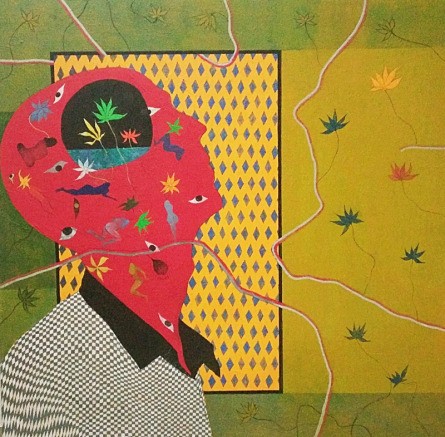
Artist of The Day
Devidas Haribhau Agase
Maze I
Mix medium
48 x 48 in

“Have you heard the love story
of the blue Cloud and Sea?
They were always together as one
until separated by the yellow Sun.
Cloud drifted into the sky slowly.
Sea cried until she became salty.
Cloud grew big enough to block Sun
but nothing could be done.
Sea became enraged and drowned everyone
but still nothing could be done.
Cloud’s heart ached and he became grey,
watching his beloved from far away.
He was too proud and tried to stop his tears
but they fell and fell for what felt like years.
Losing himself drop by drop, he became empty
and was once again reunited with his beloved Sea.”
― Kamand Kojouri
Artist: Mariusz Lewandowski

https://www.instagram.com/p/CUdgaj7v668/

The Row Pre-Fall 2017 Lookbook Designers: Ashley Olsen, Mary-Kate Olsen Model: Erin O'Connor Photographer: Zoe Ghertner Hair Stylist: Tamas

Tarah Kreutrziger

Anais Wade
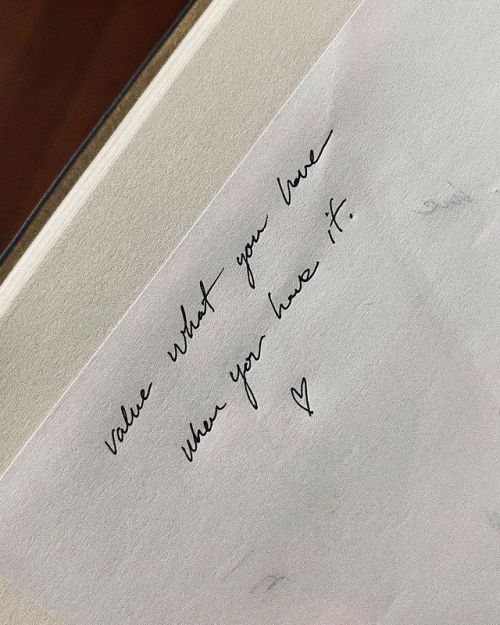
@masensus

Brook James

Antony Smith, Mato Grosso, 1968.
From “Mato Grosso, last virgin land; an account of the Mato Grosso, based on the Royal Geographical Society expedition to central Brazil, 1967-9”.
https://www.instagram.com/p/Cc3VnJotDrl/?igshid=NGJjMDIxMWI=


MICHELLE PFEIFFER as SELINA KYLE/CATWOMAN Batman Returns (1992) dir. Tim Burton

In 1973 #RicardoBofill found a disused cement factory, an industrial complex consisting of over 30 silos, subterranean galleries and huge machine rooms, and he decided to transform it into the head office of Taller de Arquitectura.
See the full project at ➜ https://bit.ly/2QDW1Ii https://ift.tt/2NB8AC2
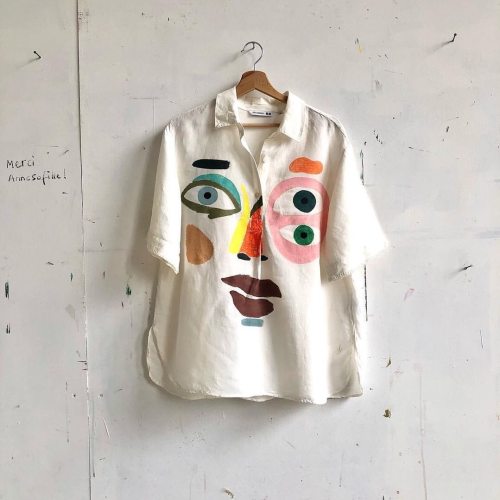
@tschiegg69 OPEN STUDIOS MOTOCO Pas de tableaux aux ateliers ouverts (suis en mue difficile) donc (bis) que des bouquins et des fringues en pièces uniques. (Uniquement en vente sur place) Ouais bon, faut voir porté… ⚠️samedi de 14h à 18h Dimanche de 11h à 17h⚠️
Not available on line.
@motoco_and_co #openstudios (at Troquet Du Temple) https://www.instagram.com/p/CQ5GHQkLgnB/?utm_medium=tumblr

Ted Benoit Dessinateur, Metropolis Journal: Tati, Villa Arpel, 2002
MON ONCLE (1958)
In several of Jaques Tati’s films, modern architecture is beautifully showcased, but simultaneously cast as the butt of the joke. Tati’s on-screen alter ego, M Hulot, is routinely fascinated and bewildered by various novelties or absurdities of modern design.
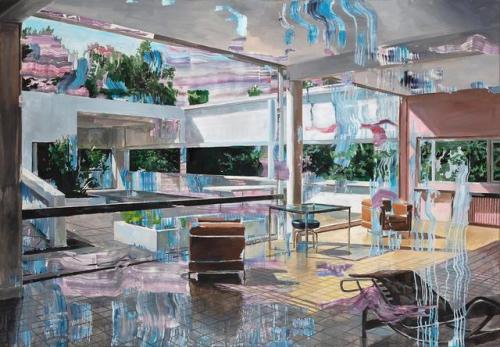
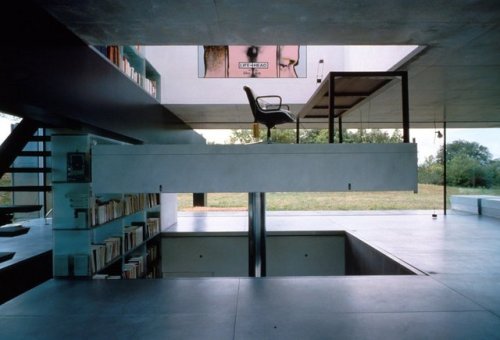
Maison à Bordeaux, Rem Koolhaas, OMA, 1998
LIVING ARCHITECTURES (KOOLHAAS HOUSELIFE (2008))
This great series from Bêka and Lemoine aims to provide a counterpoint to the standard media depiction of architecture as a finished, static, idealised object. The unconventional documentaries offer a more subjective experience of some well known buildings/spaces, enabling us to view them through the eyes of a real occupant immersed in their daily routine. This more spontaneous and intimate picture exposes charms and fallibilities unseen in editorial photographs, and reminds us of the importance of conceiving buildings that can evolve, adapt, and bring joy to all those who interact with them.

DOUBLE FEATURE: ARCHITECTURE AS SOCIAL METAPHOR
PARASITE (2019) AND US (2019)
Okay, this pairing doesn’t make for the most relaxed of evenings, but despite their violence and brutal social commentary, both of these movies are still partly comedies (albeit dark, satirical ones).
The symbolism employed is very similar: a family finds their comfortable Modernist home infiltrated by a matching, but much more deprived, household of four.
In both films, the social themes are manifested architecturally, as a world of ‘above’ and ‘below’. An airy, light-filled house sits obliviously over an underworld of sewerage-flooded sub-basement apartments, hidden panic-room dungeons, or subterranean tunnels. While the inhabitants above enjoy their exposed beams and plate glass windows, and fret about boat purchases or hors d'oeuvres choices, they remain happily ignorant of the conditions within which those beneath them are trying to eke out an existence.
In both films the central argument is one that has enormous relevance to architecture: that in large part it is not who we are intrinsically, but rather the dignity or depravation of the circumstances/environment we find ourselves in, that can shape our behaviour, and even our character. (Poster by by Choi Ji-Su for the French steelbook release)

REAR WINDOW (1954) (The ultimate movie for a summer in Quarantine)
It has been said that this film evokes summer in the city like no other, and it feels particularly apt for one in which many of us have been confined to our homes. Windows in London are currently flung open due to a heat wave, and I’m finding myself much more conscious of my neighbours, of the routines of the street, and of the inherently communal nature of urban life. This emphasises the effect that climate can have on the way we experience and behave in buildings and cities - something which is often overlooked by designers. Another aspect of being confined to an apartment is that the details of the interior, and of the limited space visible from the windows, can seem to expand to comprise your entire universe. Few of us have had as absorbing a world to observe as Jimmy Stewart does here, however, as a photographer holed up in a small Manhattan residence with a broken leg, and nothing to do all day but spy on neighbours with his telephoto lens. Architecture often played a central role in Hitchcock's films, and several commentators such as art historian Steven Jacobs have written about this at length .He discusses the symbolism of Rear Window’s set design in this essay and in the book The Wrong House: The Architecture of Alfred Hitchcock. (Poster by Adam Simpson via missedprints)
